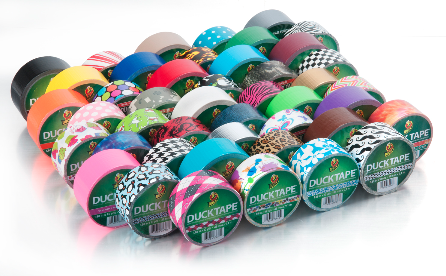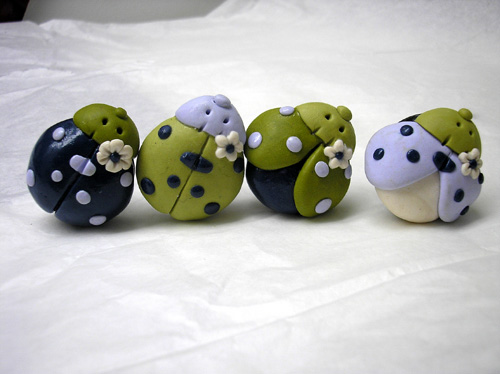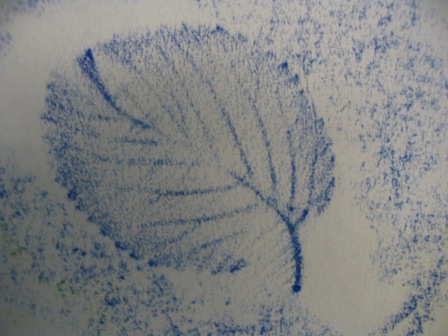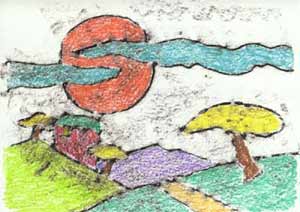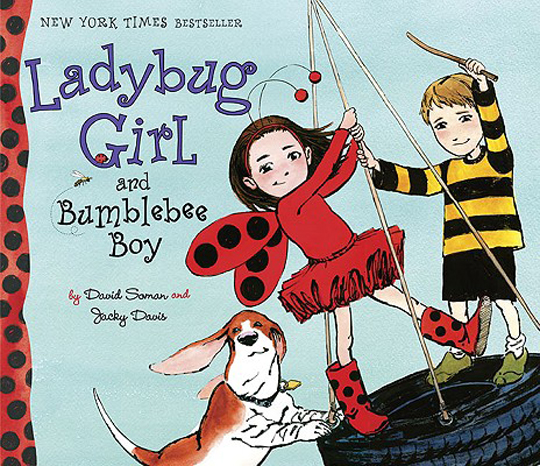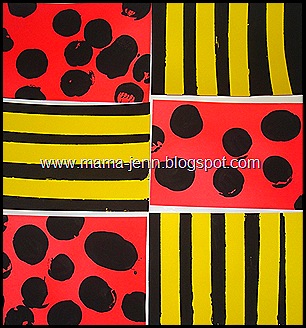Babies: Birth to One Year
Â
Experts agree that even babies need an assortment of toys. Since infants respond to smell, taste, sound, touch and sight, properly selected toys provide a small baby with opportunities to learn about size, shape, sound, texture and how things work.
Â
Choose toys that:
Â
- Have pieces that are too large to swallow (35mm film canisters or empty toilet paper tubes work to measure toys.)
- are lightweight for handling and grasping
- have no sharp edges or points
- are brightly colored
- are non-toxic
- Stay away from balloons! Young children are very attracted to them, but as they are still examining items by mouth, balloons present choking or suffocation hazards.
- Choose cloth or stuffed toys that are machine and/or surface washable. This will allow you to keep the toys clean and reduce germs.
Â
Brightly colored, lightweight toys of various textures stimulate a baby’s senses. For young infants, toys to look at and listen to are best. Rattles, squeaky toys and crib gyms are ideal for grasping when the baby is ready to hold objects.
Â
Soft dolls or stuffed animals made of non-toxic materials are fun to touch and hug but are not designed for sucking and chewing. Make sure the seams cannot be easily torn or bitten open and that eye and noses are securely fastened. A baby who is sitting up is ready for blocks with pictures or bright colors. Nesting cups or boxes and stacking rings are also favorites. Babies at this age enjoy their first sturdy picture books showing familiar objects. Balls and push-pull toys are good choices when a baby can crawl and walk.
Â
Once they start holding toys, babies discover they can make them do things: jiggle, squeak, or cause a noise when dropped. Experts call this “circular reactionâ€: being fascinated by cause and effect, and learning their own role in the process.  You can help them not only by playing with them, but by giving them a safe space to play in and a good range of different toys. Don’t isolate them in a separate room – and do include them as much as possible in chores such as clearing up, unpacking groceries etc. Babies don’t distinguish between toys and household objects; they’re all equal fun.Â
Toddlers: One to Three Years
Â
Through exploring and experimenting, toddlers build a repertoire of intellectual and sensory experiences. They manipulate and classify objects. They love squelching in the mud and enjoy the feel and sound of things. Experimentation contains the seeds of imaginative play. Already your toddler is using their imagination by imitating adult behavior. They now show intense feelings for others – love, aggression, possessiveness and jealousy. Certain objects evoke these feelings: Mama’s bag, Dad’s huge shoes. Such objects, along with certain toys, acquire symbolic power in their play. Children learn that they can change these symbols to create new meanings – and the tool that lets them do this is their imagination.
Â
Encourage expressive skills. Get them used to holding crayons, squeezing dough and digging in sand. Sing action-songs with them, act out little dramas. Â Â A busy toddler needs toys for active physical play– especially things to ride and climb on, such as a low tricycle or a wagon to ride in and pull. Outdoor toys such as large balls, inflatable toys, a wading pool and a sandbox with digging tools are all good choices.
Â
Toddlers begin to enjoy make-believe play just before their second birthdays. To imitate the adult world around them, they use play food, appliances and utensils, child- sized play furniture, simple dress-up clothes and dolls. Children in this age group are particularly interested in sorting and fitting toys, all kinds of blocks and simple puzzles. Toddlers are surprisingly tuneful and rhythmic, so give them plenty of music and movement and musical instruments such as tambourines, toy pianos, horns and drums.
Â
Preschoolers: Three to Five Years
Â
Preschoolers are masters of make-believe. They like to act out grown-up roles and create imaginary situations. Costumes and equipment that help them in their pretend worlds are important at this stage. Some of the many possibilities include pretend money, play food, a toy cash register or telephone, a make-believe village, fort, circus, farm, gas station or restaurant, a puppet theater and play with dolls and doll furniture. A basket on the head becomes a hat; to you it’s obvious, but for your child it’s completely new and he’s invented it. Instead of using crayons to see what they do, he’s now controlling them to make meaningful marks. He’s singing songs using his own words, and making a landscape out of what’s on his dinner plate.
Â
In a child’s private world, a favorite toy is both a companion and protector. Dolls and teddy bears, for example, have helped countless children to cope with difficult moments. Children will sometimes express their feelings to toy “confidants” and share emotions with them that they might otherwise keep to themselves.
Â
Transportation is fascinating to young children. Trucks, cars, planes, trains, boats and tractors are all fun at this age and beyond. Larger outdoor toys, including gym equipment, wheeled vehicles and a first two-wheeled bicycle with helmet and training wheels, are appropriate now.
Visualization and memory skills can be sharpened by play that requires use of imagination or mental computation, with the introduction of board games, electronic toys and word and matching games geared specifically for this group. Construction sets, books and tapes, coloring sets, pains, crayons, puzzles, stuffed toys and dolls continue to be favorites.
Â
To children, the imagination is more real than the world outside. They are constantly someone else: a train-driver, bogeyman, pilot, doctor. With the right props – dress-ups, building blocks, pet objects or toys – they immerse themselves in this make-believe world. By 3 years, as their imaginations grow, they need other kids to help flesh out the scene. “You be this, I’ll be that,†is all that’s needed for a group of kids to become totally involved in imaginative play.  Now they are constructing their own worlds, which combine magic with real experience – and they do it effortlessly.
Â
School Age: Six to Nine Years
Â
Board games, table-top sports games and classics like marbles and model or craft kits help develop skills for social and solitary play. In experimenting with different kinds of grownup worlds, fashion and career dolls and all kinds of action figures appeal to girls and boys. Printing sets, science and craft kits, electric trains, racing cars, construction sets and hobby equipment are important to children for examining and experimenting with the world around them.
Â
For active physical play, a larger bicycle, ice and roller skates, a pogo stick, scooter, sled and other sports equipment, along with protective gear, are appropriate. Even though group play is enjoyed, children at this stage also play well by themselves. Paints, crayons and clay are still good selections, as are costumes, doll houses, play villages, miniature figures and vehicles, all of which help children to develop their imaginations and creativity.
Â
Many games and electronic toys geared to children in this age group are labeled “educational” because they have been designed to help children learn specific skills and concepts, such as games which require forming words, matching letters of the alphabet with various objects or learning about money through handling play coins and currency.
Â
Video games appeal to children, teenagers and adults. Many games offer increasingly challenging levels of play, as well as opportunities to develop coordination skills and a sense of the meaning of strategies in relationships, usually through competition against an opponent.
Â
THERE IS NO SUBSTITUTE, EVER, FOR SENSIBLE ADULT SUPERVISION
Nine to Twelve Years
Â
Children begin to develop specific skills and life-long interests at this age. Give considerable attention to hobbies and crafts, model kits, magic sets, advanced construction sets, chemistry and science kits and puzzles. Peer acceptance is very important at this age. Active physical play now finds its expression with team play in a variety of sports. Social and intellectual skills are refined through board, card and electronic games, particularly those requiring strategy decisions.
Â
Video and electronic games, table tennis and billiards (pool) are very popular at this stage. Dramatic play holds great appeal. Youngsters in this age group like to plan complete productions including props, costumes, printed programs, puppets and marionettes. Painting, sculpting, ceramics and other forms of artistic expression continue to be of interest, as do books, tapes and musical instruments.
Â
Teenagers
Â
After age twelve, children’s interests in toys begin to merge with those of adults. This is apparent in the growing market for sophisticated electronic games and computer-based systems, which are often considered “family entertainment” rather than toys. They also will be interested in board and adventure games. Collectors of dolls, model cars, trains, miniatures and stuffed animals often begin their hobbies in the teenage years.

